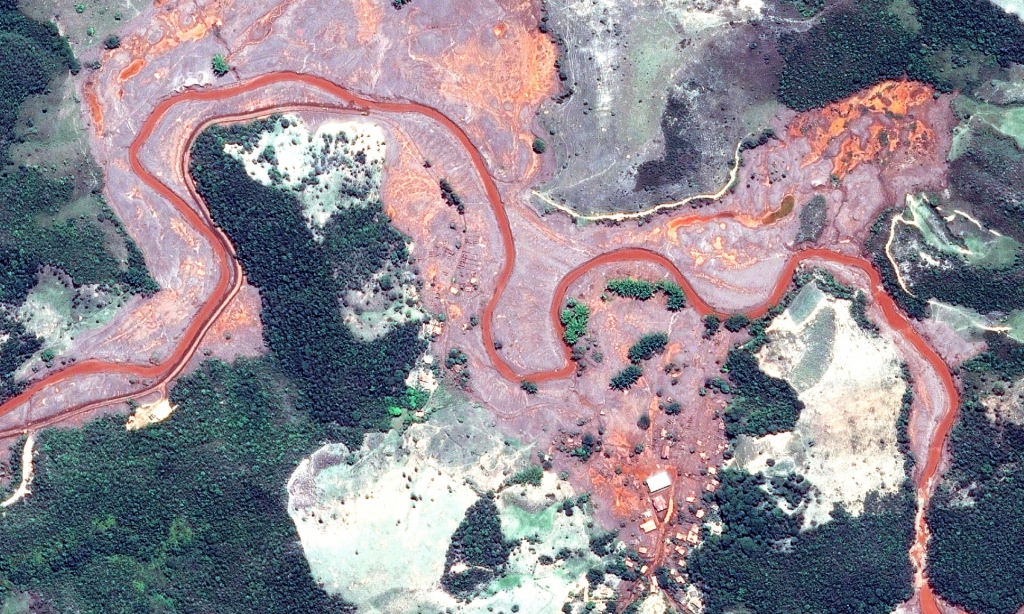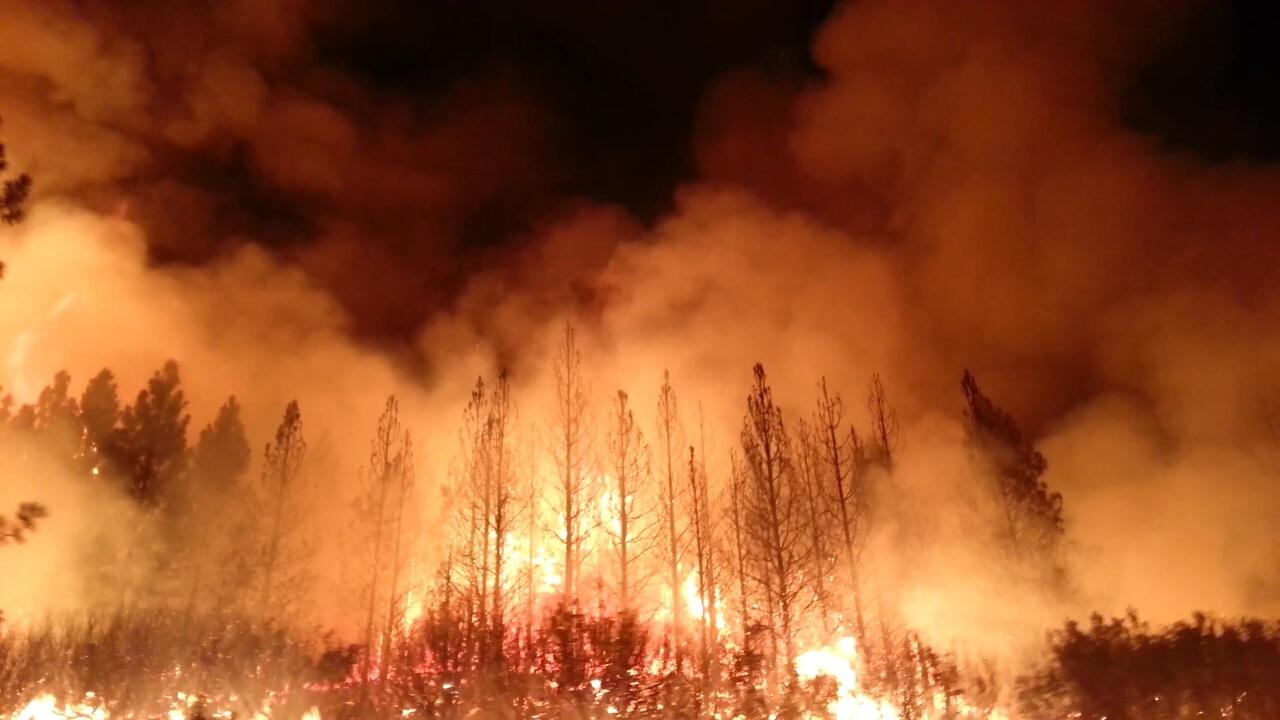On November 2015, the Mariana Dam burst and released up to 63 million cubic meters of toxic mud into the environment, causing irreversible damages in the States of Minas Gerais and Espírito Santo. The main narrative describes the disaster as an environmental one. However, this narrative risks to cloud important aspects related to social justice, development and dispossession practices. By questioning different narratives and power relations behind the catastrophe, MSc Environment and Development candidate, Enrico Fedi, aims to highlight the social construction of environmental disasters and points out some overlooked aspects.

On the 5th of November 2015, the Fundão tailing dam burst in the Brazilian state of Minas Gerais and released up to 63 million cubic meters of toxic mining waste into the environment. The event, widely known under the name of Mariana Dam Disaster, is considered to be the worst environmental disaster in Brazil’s history.
The numbers are impressive in terms of impacted ecosystems, populations, and services. The images show a previously green fertile area, which is now all reddish, showing patterns of destruction and an absence of life. Everything is devastated.
But that’s not all. The mud wave reached Rio Doce, ending up in the Atlantic Ocean. As a result, an enormous area including two States has been indelibly affected by toxic tailings. Ecosystems have been poisoned, and entire villages have blown away. As a result, several communities have been isolated, without access to clean water, and eventually displaced.
The unclear and controversial causes of this disaster are found in two seismic loads happened that day in November.
The mainstream narrative portrays the disaster as a natural one. However, this article questions this discourse, showing the social construction of the catastrophe. There is nothing natural about it. For example, let’s consider the international market pressures that led to weakened safety regulations, as well as the dividend policies of the dam shareholders. What about the community displacements and the fragmented governmental response? And why, despite the global outrage and multiple protests, are compensations still a fuzzy domain? All these questions aim to shed light on the power relations behind the disaster.
Certainly, there is no doubt over the objective physical damages which affected the rich ecosystems. But it is important to highlight the social aspects of such disaster too. How is it possible to define a disaster as “natural” when it is caused by tailings, and there is nothing natural in them? According to the Brazilian newspaper Folha, in 2017 only one-fifth of the 24092 dams came under supervision, 42 are unauthorised and 570 have no responsible operator. Minas Gerais’s wealth mainly comes from mineral exports (31,81% of GDP). Nevertheless, vulnerable communities contributing to this wealth are exposed to risks and diseases on a daily basis. How is that possible? Numerous interesting reflections arise. Issues such as slow violence -as defined by Nixon (2013)- should be put on the table, questioning what is meant for wealth, risk and environmental justice.
The temporal and spatial dimensions of the event should be investigated as well. The disaster started years before the Dam burst. It began with a specific narrative of development and a lack of consideration for local communities’ views. The catastrophe is also reflected in the unheard voices of workers in the dam, who were aware of their endangerment. According to the Guardian (2019), employees were willing to quit the job because they felt insecure. Furthermore, the disaster did not only happen in the states of Minas Gerais and Espírito Santo. It happened at multiple levels, within national and federal assemblies’ ambiguous narratives, and inside the companies’ blaming strategies. Also, the disaster can be found in the dynamics of neoliberal global markets’ that affect communities’ health and safety.
After 4 years, the disaster is still happening. There is no clarity on compensations and more importantly, the controversial power relations that led to the breach have not changed and are causing injustices. Today, dams are still collapsing, populations are still being displaced and feelings of hopelessness are circulating inside the communities.
Therefore, many topics come to the surface when a deeper analysis of the event is conducted. In fact, by deconstructing and questioning reality, it is possible to identify how “environmental” disasters are socially constructed.
Let’s not forget about this.
Enrico Fedi (@enricofedi) is a MSc Environment and Development student at the LSE (Class of 2021). Fascinated by Brazilian development interventions, his main interests include human geography, political ecology and social inequalities.
The views expressed in this post are those of the author and in no way reflect those of the International Development LSE blog or the London School of Economics and Political Science.





